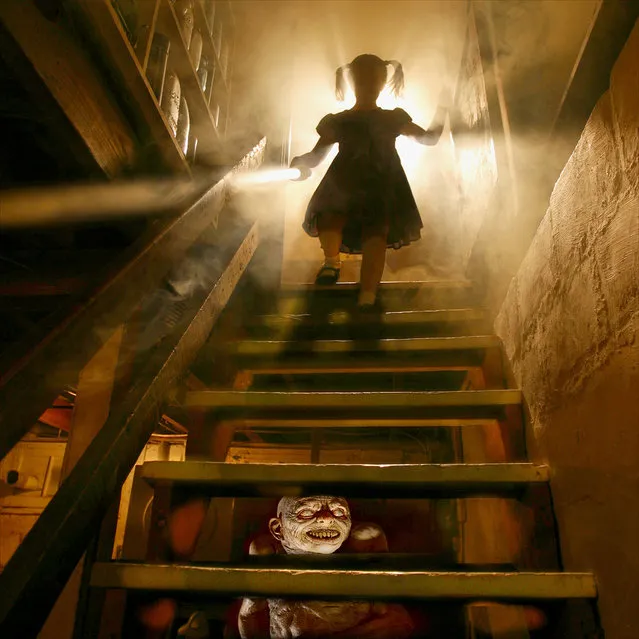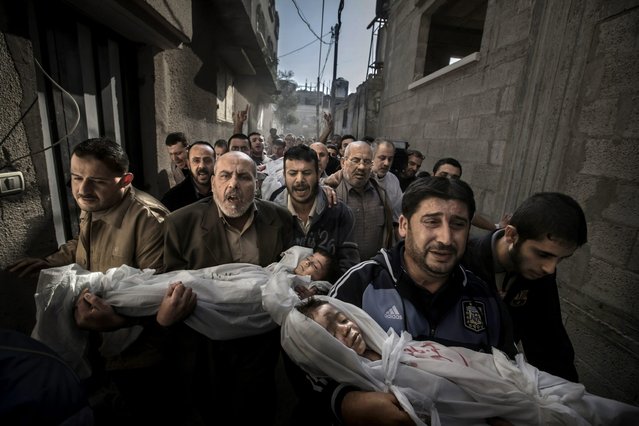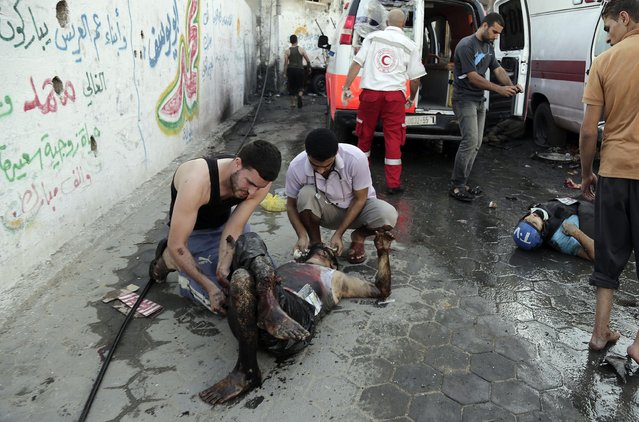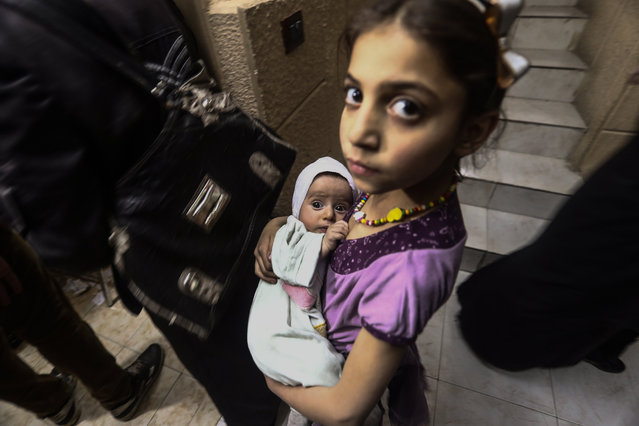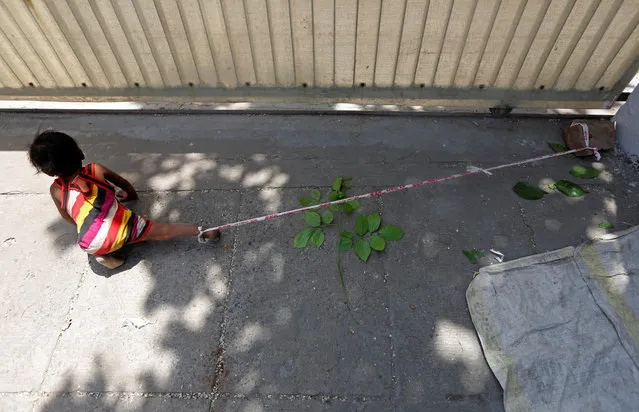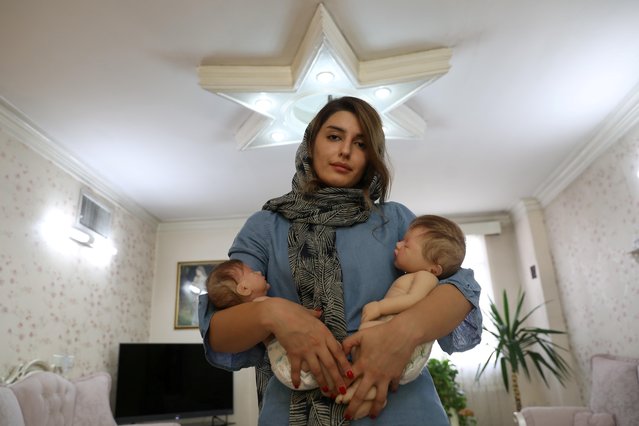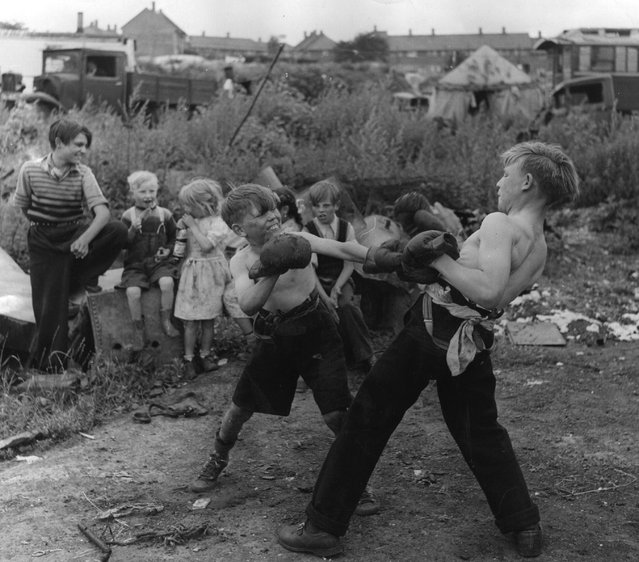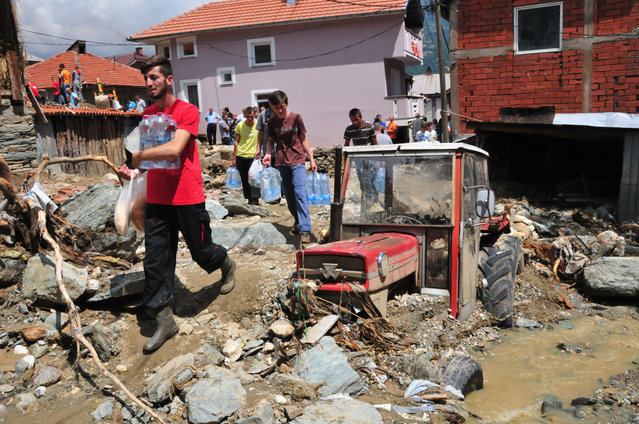
People, carry food and water, past a tractor stuck in mud, stones and debris that were piled in a flood in the mountain village of Sipkovica, just above the town of Tetovo, in northwestern Macedonia, on Tuesday, August 4, 2015. A small number of people including children have died in floods that erupted after an hour of heavy torrential rains and strong winds that hit Tetovo and northwestern region of Macedonia late on Monday. (Photo by Zoran Andonov/AP Photo)
05 Aug 2015 12:50:00,post received
0 comments

